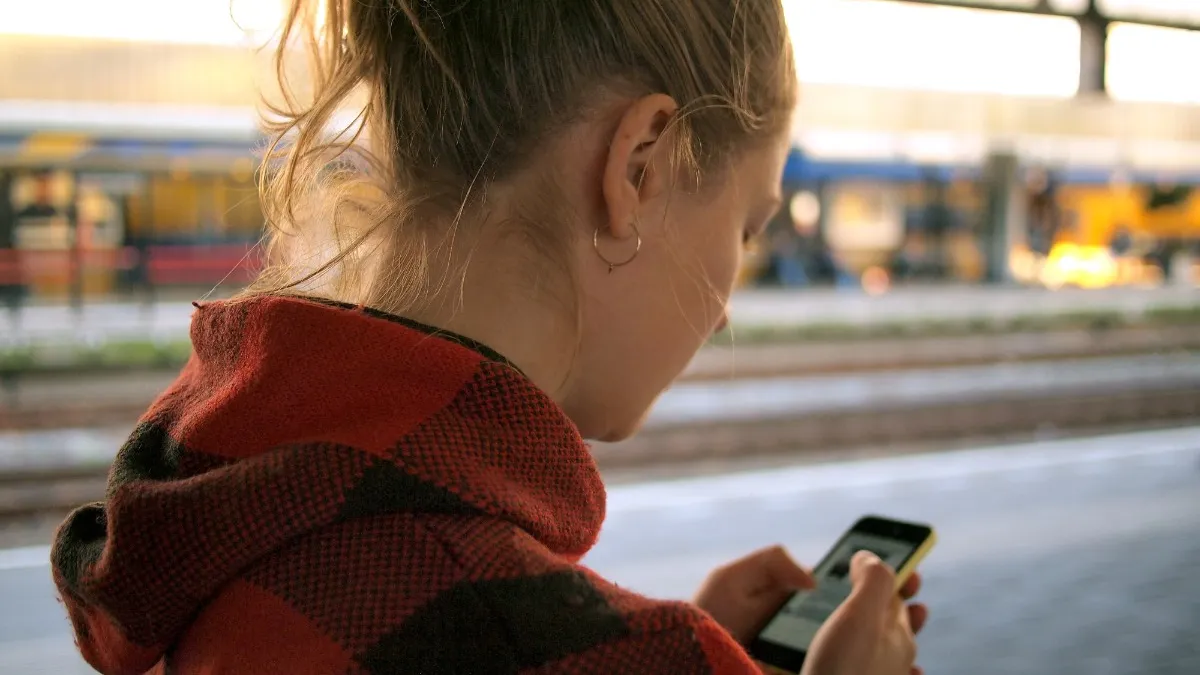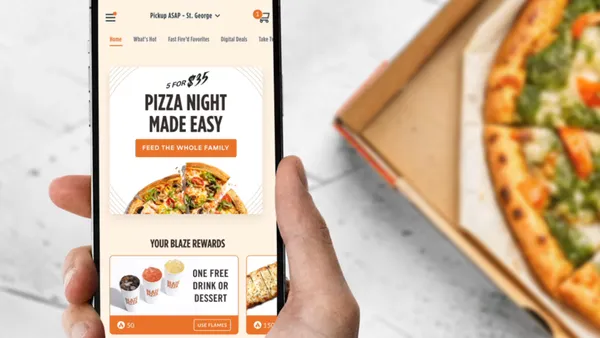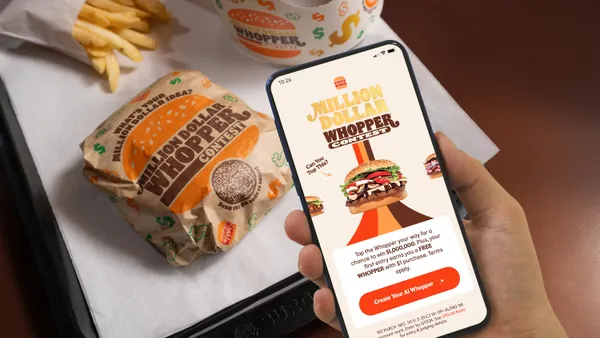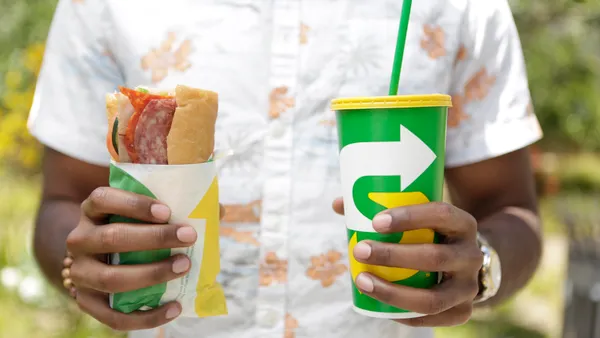Dive Brief:
- A majority of restaurant consumers are regularly placing online orders during the COVID-19 crisis, according to a report from Toast, which surveyed over 700 customers, shared with Restaurant Dive. Twenty-nine percent reported they place an online order a few times a month, while 25% report they do so a few times a week and 22% do so once a week and 4% ordered online multiple times in a day. Just 14% of guests did not place an online restaurant order in the past month.
- Further, 34% ordered takeout and 29% ordered delivery through a restaurant's native app at least a few times a month. Comparatively, 21% and 22% said they used third-party apps for pickup and delivery, respectively, during that same time frame.
- Guests use DoorDash more than other third-party platforms, with 42% reporting usage of the app in the past month. This is followed by Uber Eats, at 34%, and Grubhub at 33%.
Dive Insight:
The frequency of online ordering outlined in this report reflects the trends major chains have disclosed in their most recent earnings reports. Shake Shack, for example, reported that its digital sales represented 75% of overall sales during Q2, while Wingstop garnered 64% of its sales through digital, Chipotle generated 61% and Yum Brands' digital sales grew by $1 billion year over year to 30% of its total sales mix.
Nationwide stay-at-home orders and closed dining rooms proved digital ordering and off-premise is here to stay. And the fact that Toast's report shows most consumers making those orders through brands' native channels versus third-party channels is good news for brands. It allows them to keep and control those customers' data and better target them with more personalized offers and, likely, have more success in yielding loyalty.
KFC is a good example here. The U.S. system reported a sales increase of 7% in Q2 2020 — a rare, mid-pandemic positive. During parent company Yum Brands' earnings call, CEO David Gibbs said the chain's launch of kfc.com for pickup and delivery, in addition to new aggregator partners, "contributed to a fantastic quarter."
These trends aren't likely to change anytime soon, either. Toast found that 27% of guests said they would order takeout more or significantly more while 23% of guests said they would order delivery more or significantly more compared to prior to the pandemic.
With this increased demand, access to data has been a major pain point for restaurant brands increasingly reliant on third-party vendors to help facilitate off-premise business. As consumers gravitate more toward digital ordering opportunities, whether it be for delivery or takeout, it's important for restaurants to maintain that direct-to-consumer connection.
Third-party delivery relationships show no imminent signs of going away, however. Wingstop is an example of balancing native channels with aggregators for digital ordering. During its most recent earnings call, CEO Charlie Morrison said the company gained a lot of new customers in its database and is "now engaging them and watching their patterns as they buy with us." Morrison also said DoorDash is a great partner.
If digital ordering continues to grow, or at least hold at these pandemic levels, chains could be more likely to leverage their native channels for data control and third-party platforms for accessibility. The former may make a better business case, particularly without the notorious commission fees charged by third-party vendors. But the latter could provide more visibility.













